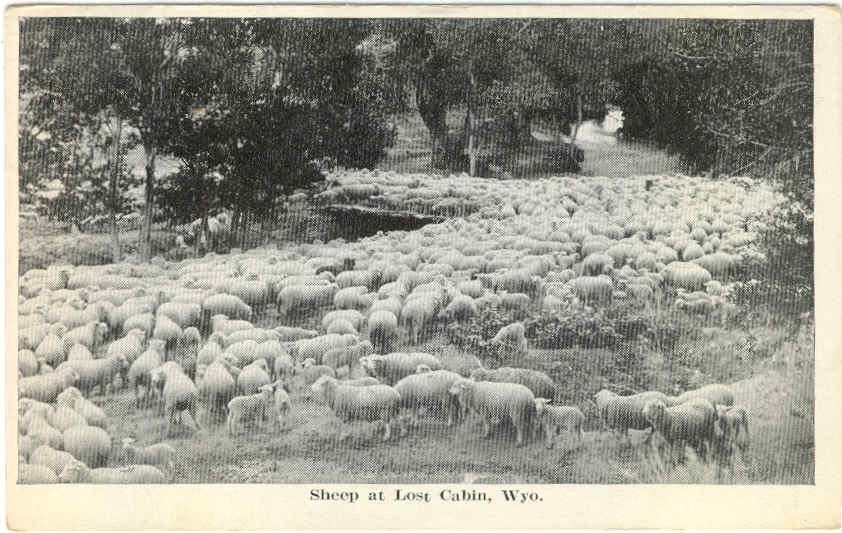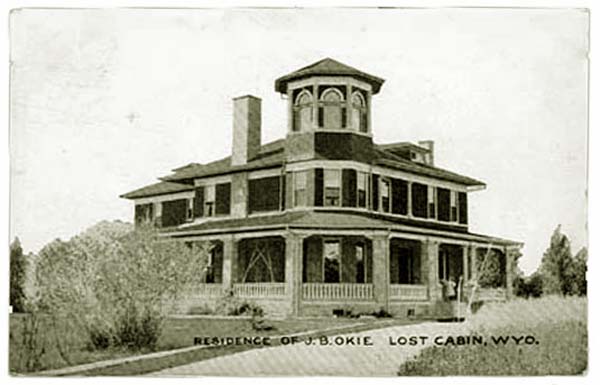|
|
|
About This Site |
Residence of John B. Okie, Lost Cabin, Wyoming, 1909
Okie, the son of President Lincoln's personal physician, first arrived in Wyoming in the late 1870's. Using borrowed money he began herding sheep along Badwater Creek. He was successful. In 1894, he proved up his homestead and thereafter continued the accumulation of thousands of acres in Fremont and Natrona Counties. The house depicted above was constructed in 1900 and had about 20 rooms. The botton floor was brownstone and the upper floor was constructed of pine brought in by freight wagons. The house had inside plumbing and acetylene lighting. The house was referred to by Indians as the "big tipi." Okie, himself was referred to as the "Big Father." 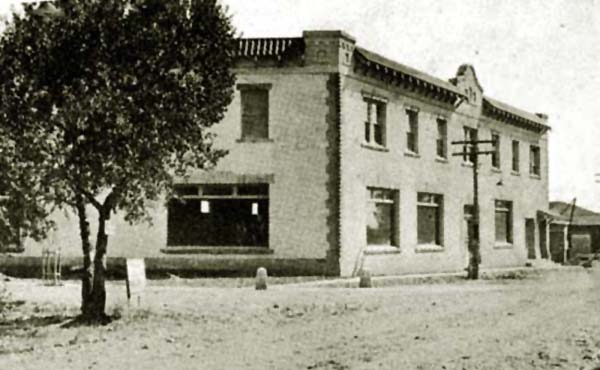 Administration Building, Big Horn Sheep Company, Lost Cabin, Wyoming, undated
In addition to the house, Okie constructed an adminisration building, hotel, saloon, commissary, school, golf course, a skating rink, and a dance hall and an aviary in which he kept Cockatoos and other exotic birds. 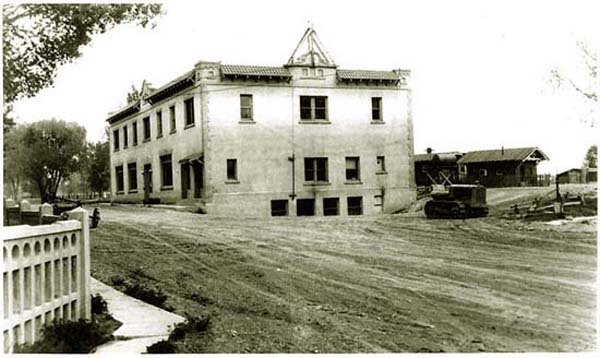 Administration Building, Big Horn Sheep Company, Lost Cabin, Wyoming, undated
Okie's financial interests were wide ranging and were referred to by Time Magazine as "an empire." The empire included banking, sheep in Texas and Mexico. In Mexico he additionally had rights to the Piggly Wiggly franchise and owned six stores in Mexico City. In the 1920's he traveled to Mexico by air. In 1930, drowned while duck hunting on his ranch. 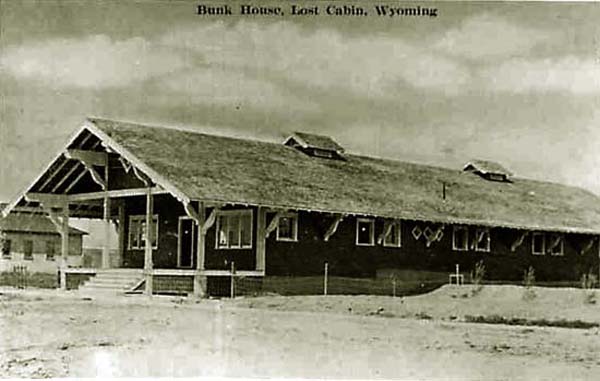 Bunk House, Big Horn Sheep Company, Lost Cabin, Wyoming, undated
The empire continued to be operated by his son, Van Guelder Okie (1893-1956). In 1944, his son liquidated the last 16,000 head of sheep and the following year sold the ranch. 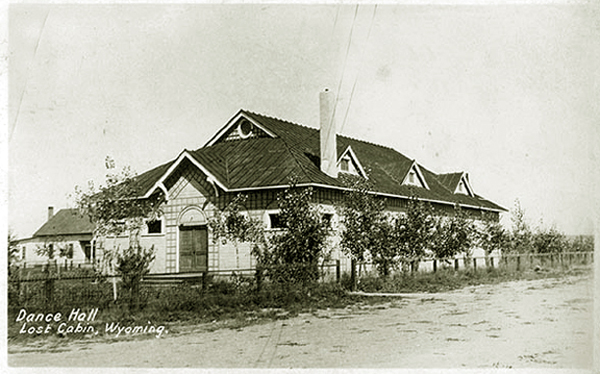 Dance Hall, Lost Cabin, Wyoming, undated
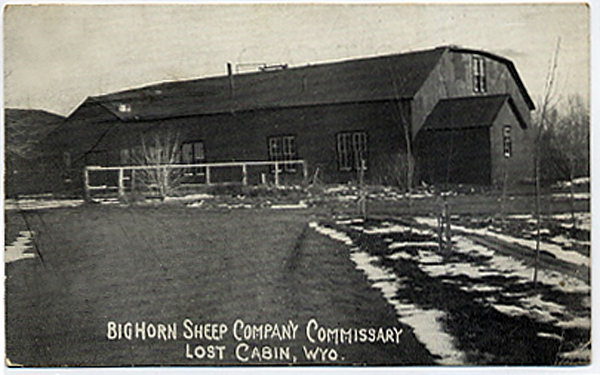 Commissary, Lost Cabin, Wyoming, undated
With the growth of the wool industry new methods were introduced. As pictured below, In approximately 1917, Okie introduced the "Australian system" of sheep shearing into the state. Under the Australian system, shearing is done in a sheep shed rather than in an open corral. sheep are placed in one room and put into a pen with five sheep each. There, the sheep are mechanically sheared and shoved out a door at the end of the pen to be inspected and let go to pasture. 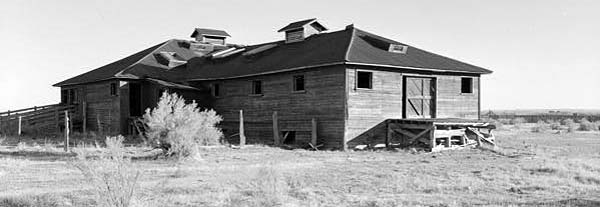 Sheep shed, Big Horn Sheep Company, Lost Cabin In addition to mechanical shearing, the wool would remain cleaner. Additionally, although not fully adopted in Wyoming, under the Austalian System wool would be graded into as many as 14 different classifications. Customarily in Wyoming, only four different classifications would be utilized. 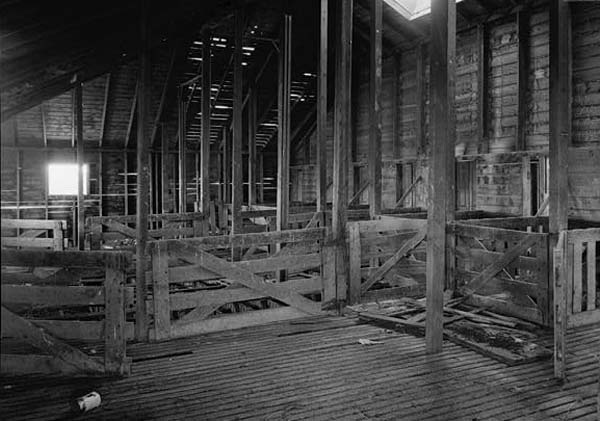 Interior sheep shed, Big Horn Sheep Company
Next page Sheepherding Continued. King Brother Ranch.
|
